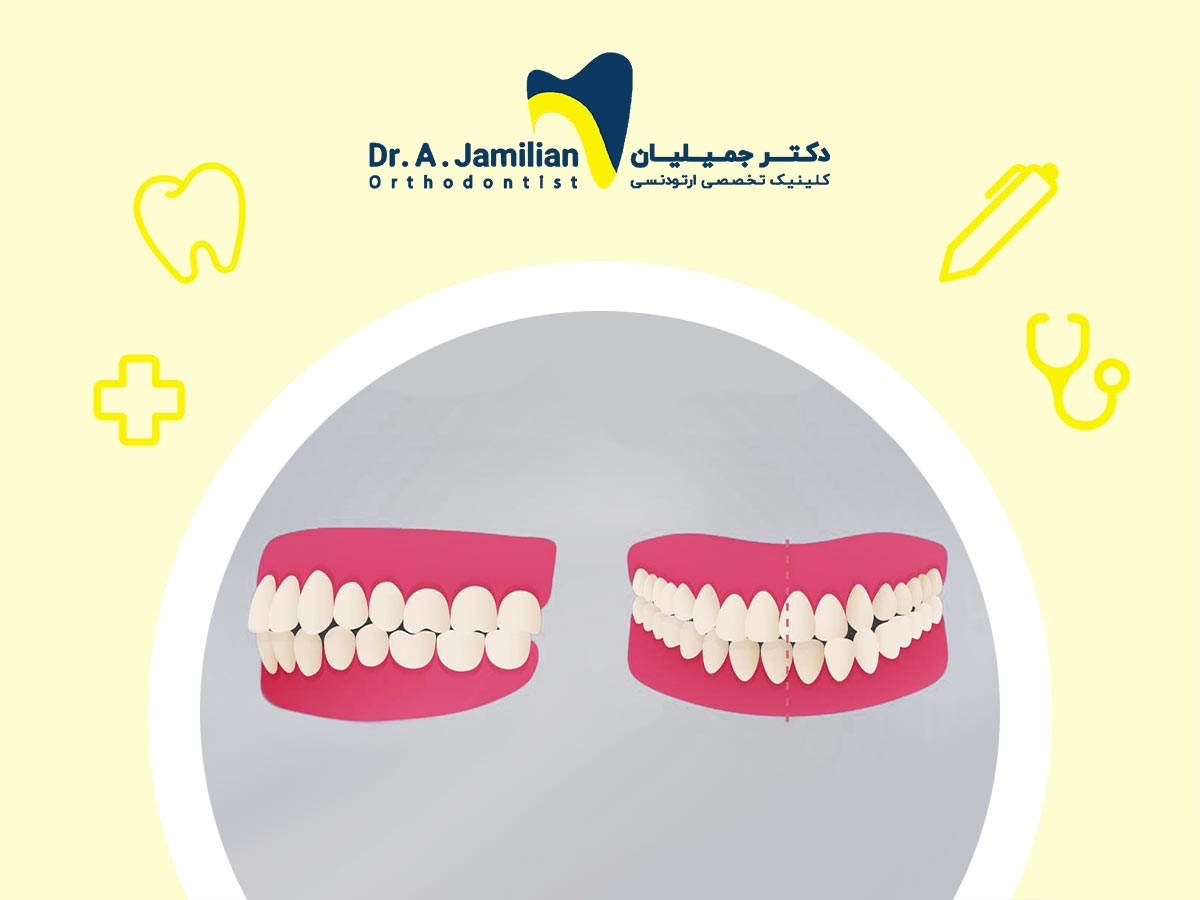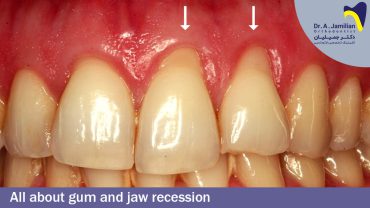A crossbite is a type of malocclusion, or a misalignment of teeth, in which upper teeth are placed inside of lower teeth. This malocclusion can affect a tooth or a group of teeth including front or back teeth or both. Posterior crossbite occurs when the back teeth are placed somewhere back of the lower teeth; in such conditions the upper teeth are placed inside the lower teeth.
Arrangement and position of jaw and teeth in a normal condition must be in a way that the upper and lower dental arches are equally aligned, as the upper jaw teeth must be fitted with a 2-mm space from the lower jaw’s teeth. The space should not be less or more than 2 mm; otherwise, the upper teeth are not fitted in relation to the lower teeth and they will be diverted from their main growth path.
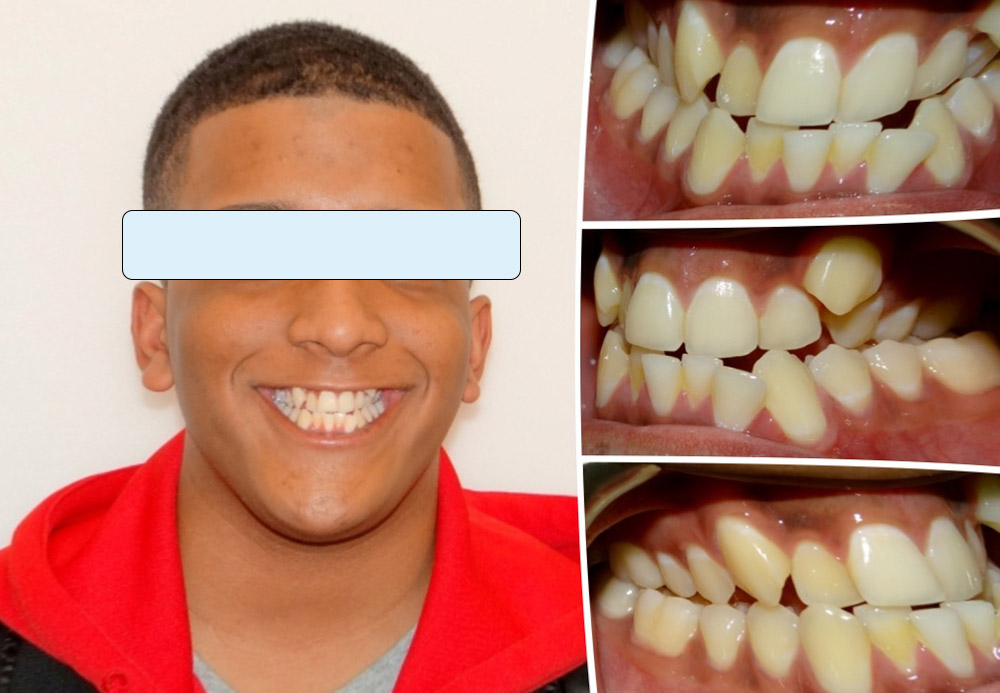
Crossbite disorder usually occurs in childhood; as when we look at a baby with this disorder, we will see that their jaw is misaligned and their jaws suffer from a sort of diversion. This disorder would be caused by thumb sucking in childhood or sucking tongue or mouth breathing or even genetic disorders. But there is no need to be worried about it and fortunately advancement of science and equipment of dentistry and orthodontics have helped us to cope with this disorder.
Types of Dental Crossbite
Based on number of teeth involved and position of the diverted teeth, orthodontists have divided dental crossbites:
Anterior crossbite
It is a disorder involving the front side of the mouth. However, according to the dentistry and orthodontic jargon it is called underbite. What occurs in the anterior crossbite is that the upper teeth are placed behind the lower anterior teeth. It must be treated as soon as possible, otherwise, it will lead to prognathism, which is an extension or bulging out (protrusion) of the lower jaw (mandible) or Skeletal Class III malocclusion.
Posterior Crossbite
This type of crossbite occurs in the posterior teeth and would affect them. Please keep in mind that treatment of posterior dental crossbite is easier in the younger age, because jaws still are growing as well as the permanent teeth do. Like the anterior dental crossbite, it is one of emergency cases of orthodontics and must be treated as soon as possible, otherwise it will lead to mandibular deviation.
Buccal and Lingual Crossbite
If the upper jaw’s teeth have been moved towards cheeks and have become ore buccal in contrast to the lower jaw’ teeth, the resultant disorder will be called buccal crossbite, it is while when the upper jaw’s teeth have moved inside the mouth and towards the tongue, the resultant disorder will be lingual crossbite. In both cases, the teeth and jaws are not located at a proper angle to each other.
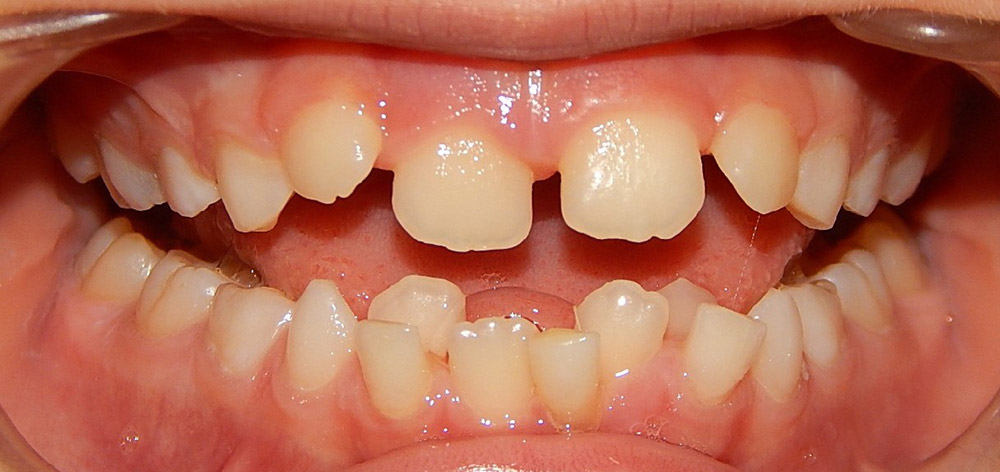
Bilateral and Unilateral Crossbites
In bilateral crossbite, both sides of the mouth are involved, while in the unilateral cross bite, only the right or left side of the jaw is involved. These two types of malocclusions can be treated roughly at the same time, but different treatment techniques would be used for them.
Single Tooth and Segmental Crossbite
In this disorder, only a single tooth is affected. When a single tooth in the lower dental arch (usually one of tooth bites or anterior teeth) is protruded excessively rather than its opposite tooth in the upper jaw, then we will have a single tooth crossbite. In some cases, it occurs when a tooth in the upper jaw grows backside. Please note that in the segmental crossbite, several teeth in the upper jaw lose their normal position to the lower jaw, but in the single tooth crossbite, only a tooth in both sides loses its proper position.
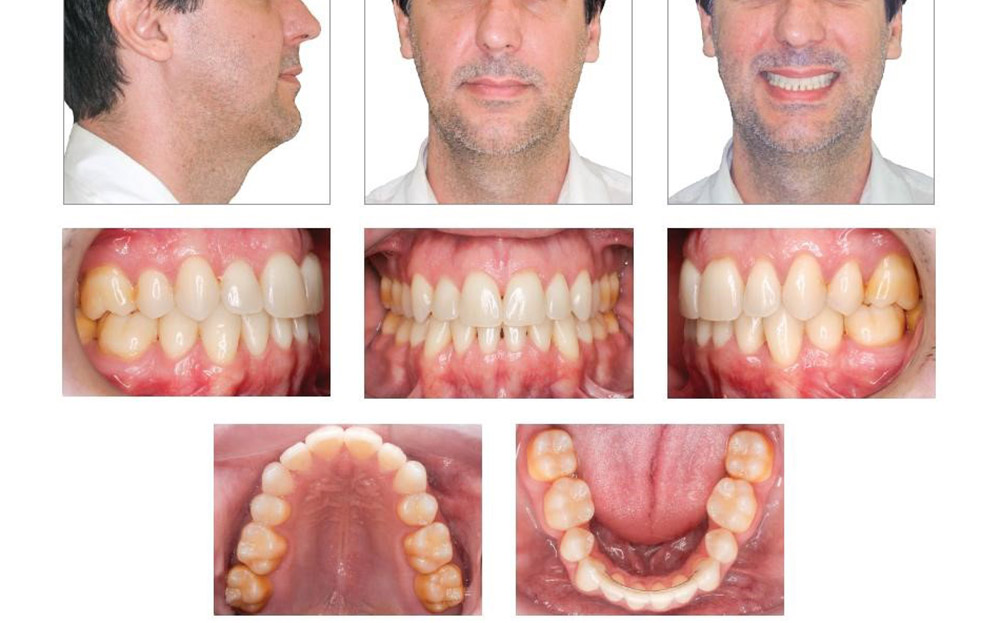
Dental Crossbite FAQ
Based on age, type of jaw, type of tooth and type of crossbite, the treatment technique will be determined by an orthodontist; however, the most popular treatment method is extending the maxilla (upper jaw) by moveable screw plates in the upper jaw.
Leaving the anterior dental crossbite untreated will lead to prognathism, which is an extension or bulging out (protrusion) of the lower jaw (mandible) or Skeletal Class III malocclusion and failing to treat the posterior dental crossbite will result in the mandibular deviation.
Most people who have crossbite think that crossbite will be incurable if they reach adulthood. This thought appears for dozens of reasons, with the most commonly known is children have a smoother & soft bone, compared to adults with hard & stiff bones. However, they should note that correcting and aligning teeth is possible in the adult ages too. The only takeback is that the treatment process in the older age naturally would be more difficult and longer.
In this method, extension of the upper jaw is used. Upper jaw extension using the fixed orthodontics is able to fix the upper and lower jaws’ teeth at a proper position.
In the unfortunate event of a crossbite left untreated in childhood, it will be nessaracy to fix it through surgery. More specifically, in which the upper jaw is parted and then two jaws will be fixed in their proper site. This is done by using materials such as screws and tough plates. Please consider that the surgery is done inside the mouth, so the wounds caused by surgery cannot be seen outside the mouth.
If the patient is a kid, then their crossbite can be treated with orthodontic sets and pieces, but older people, especially those who suffer from the posterior crossbite, need surgery. By visiting a skilled orthodontist on time, you can take advantage of the orthodontic treatments to correct and treat your crossbite without surgery. Hence, you can avoid the risk of jaw surgery and pay less costs for treating your crossbite.
